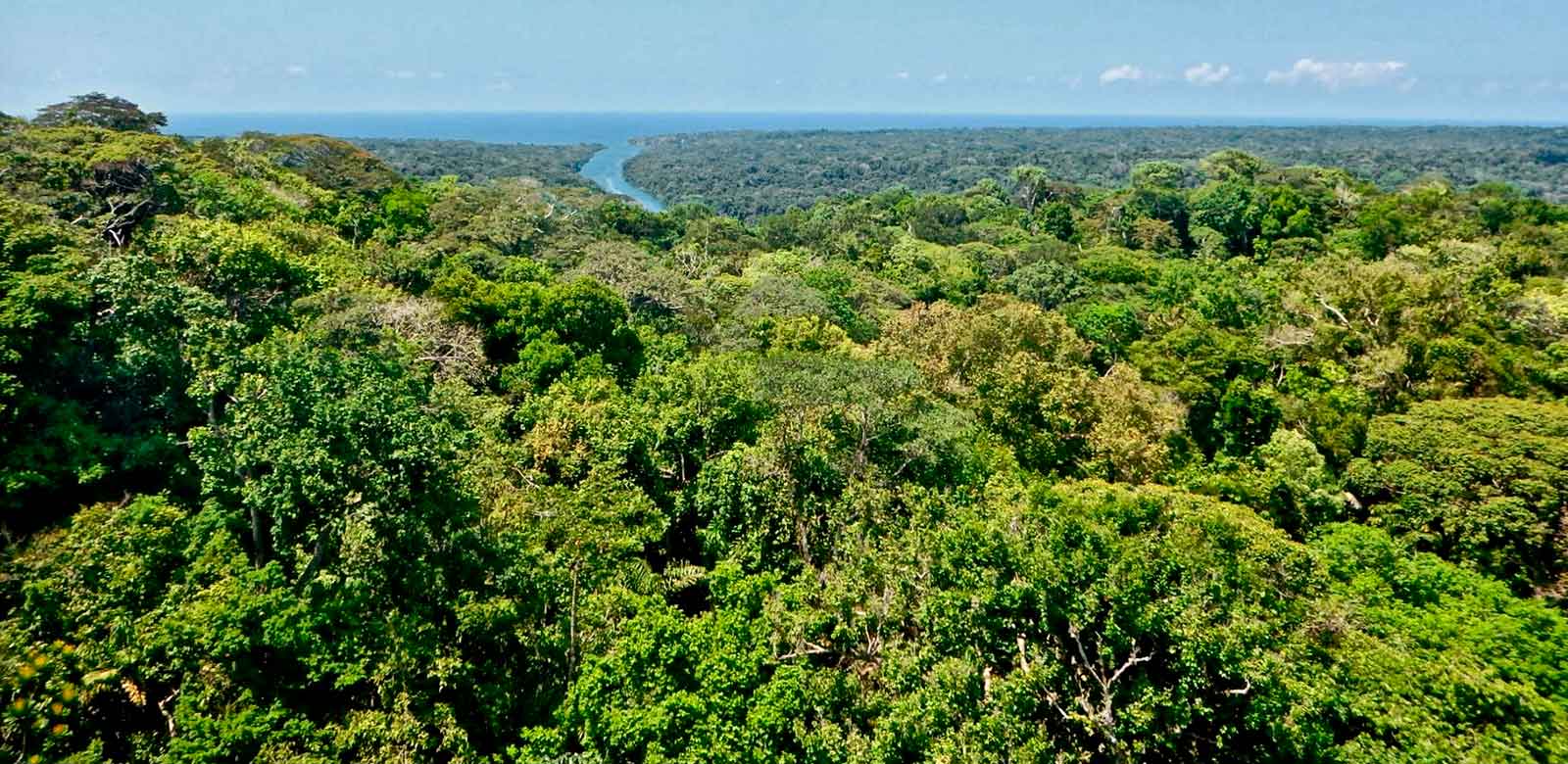
Probing New Frontiers of Climate
Environmental scientists at Brookhaven Lab are investigating how various factors affect Earth's climate by probing the fundamental building blocks of the climate system. These include aerosols—tiny particles suspended in Earth's atmosphere that seed the formation of clouds—as well as understanding ecosystem form and function that drives the exchange of carbon, water and energy between the land and atmosphere. Our data will improve the models used to predict long-term global climate change and the daily atmospheric conditions that impact renewable energy efficiency and demand.
Climate News
Aerosols, clouds, and climate: Clearing the uncertainty—and the air
Brookhaven Lab's atmospheric scientists are addressing one of the greatest sources of uncertainty in models that predict Earth's future climate: aerosols and the clouds that form when water condenses on these tiny airborne particles. Brookhaven's climate researchers are working on a set of innovations for measuring and modeling aerosol and cloud properties and their motions in space and time to better understand their impacts and improve planning for mitigating the environmental and human impacts of climate change. This fundamental atmospheric science also has relevance for air quality and human health, and for improving weather forecasts, so that communities on the ground can be better prepared.
Capabilities
- Expertise in instrument development and measurement science
- Designing instruments for sensing at unprecedented resolution
- Next-generation laboratory facility design
- Planning multi-dimensional experimental protocols for tracking atmospheric motions
- Developing Artificial-Intelligence (AI)-enabled facilities for maximizing the value of data
- Refining data-model integration for improved prediction

Gulfstream research aircraft sits on the tarmac on Terceira Island during the Aerosol and Cloud Experiments in the Eastern North Atlantic winter 2018 intensive operation period in the Azores. Image courtesy of the U.S. Department of Energy Atmospheric Radiation Measurement (ARM) user facility.
Plants as indicators and mitigators of climate change
Land plants play an important role in determining the rate of global change. About one-third of our annual carbon dioxide emissions are taken up and stored by plants, subsidizing our use of fossil fuels, but the future of this subsidy is uncertain. Brookhaven researchers are working to improve understanding of fundamental plant processes and how they are represented in climate models by investigating the capacity of plants to take up carbon dioxide in globally important and climate sensitive biomes. In combination with carbon capture and storage, plants offer one of the few proven ways to efficiently remove large quantities of carbon dioxide from our atmosphere.
Capabilities
- Physiological measurements of plant carbon dioxide and water vapor exchange
- Remote sensing of plant and ecosystem structure and function
- Measurement, and remote sensing, of plant stress
- Understanding and measurement of limitations on plant growth
- Model representation of plant and ecosystem processes

A view of San Lorenzo, Panama, where Brookhaven scientists have conducted tropical forest field observations.





